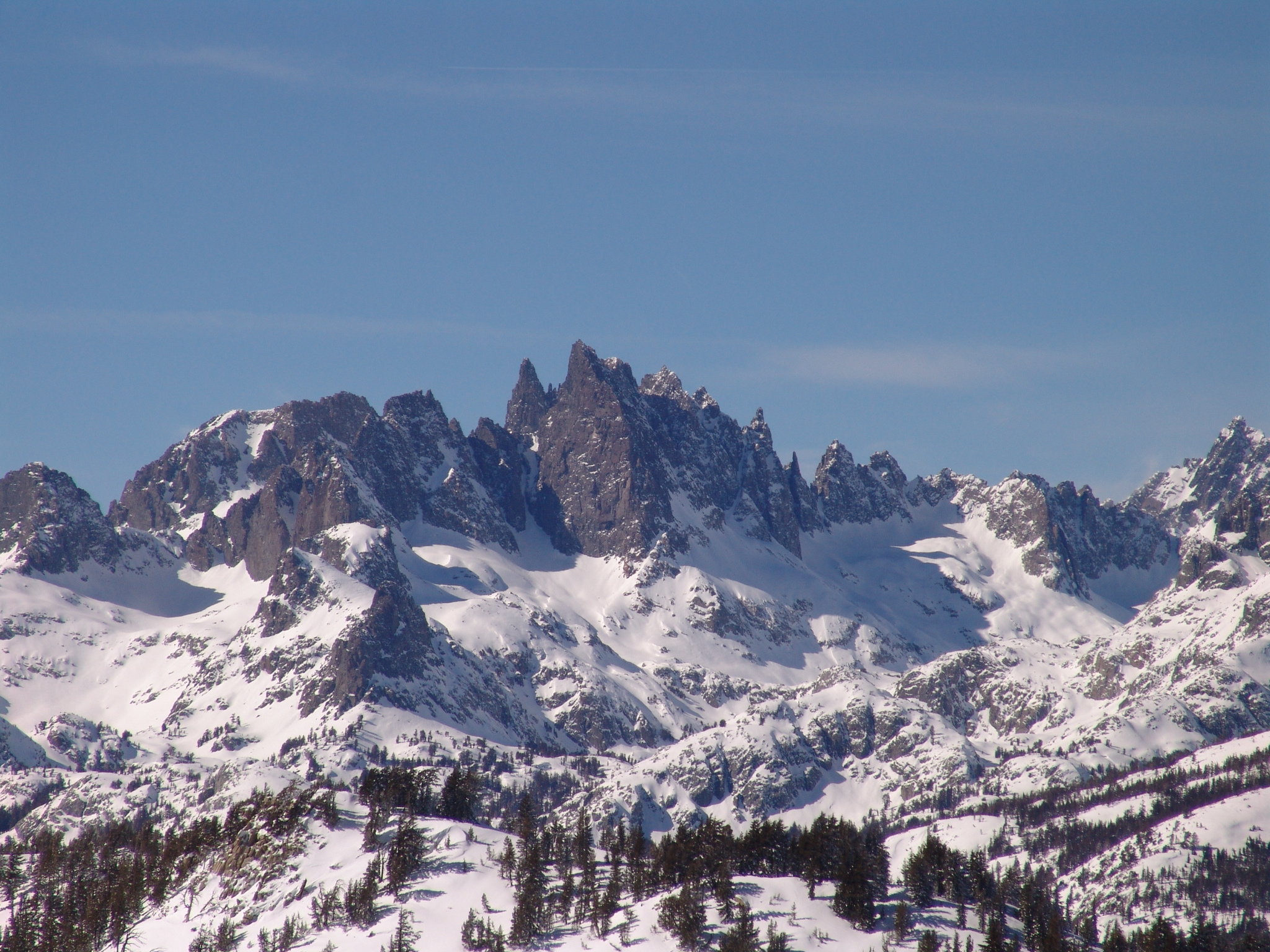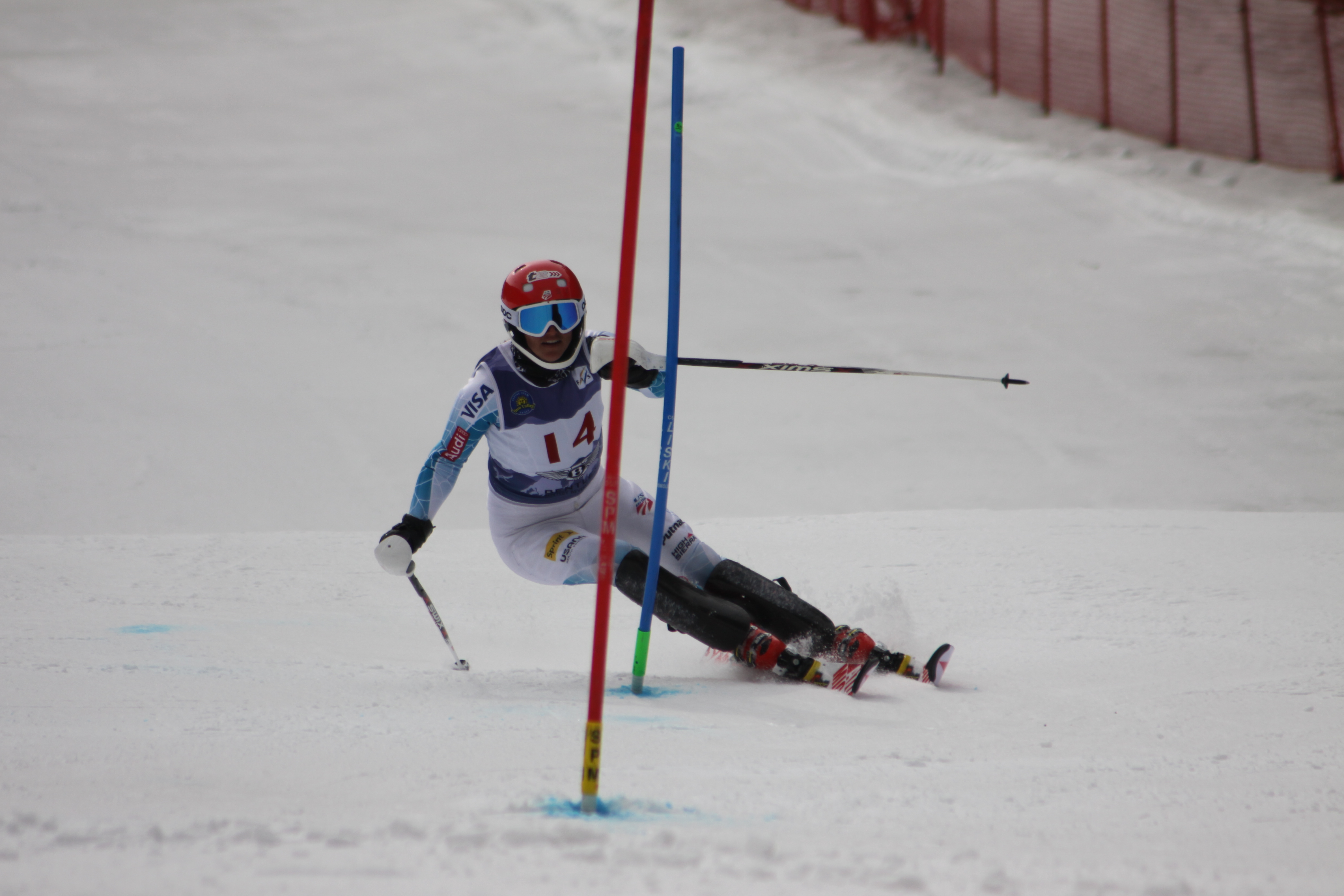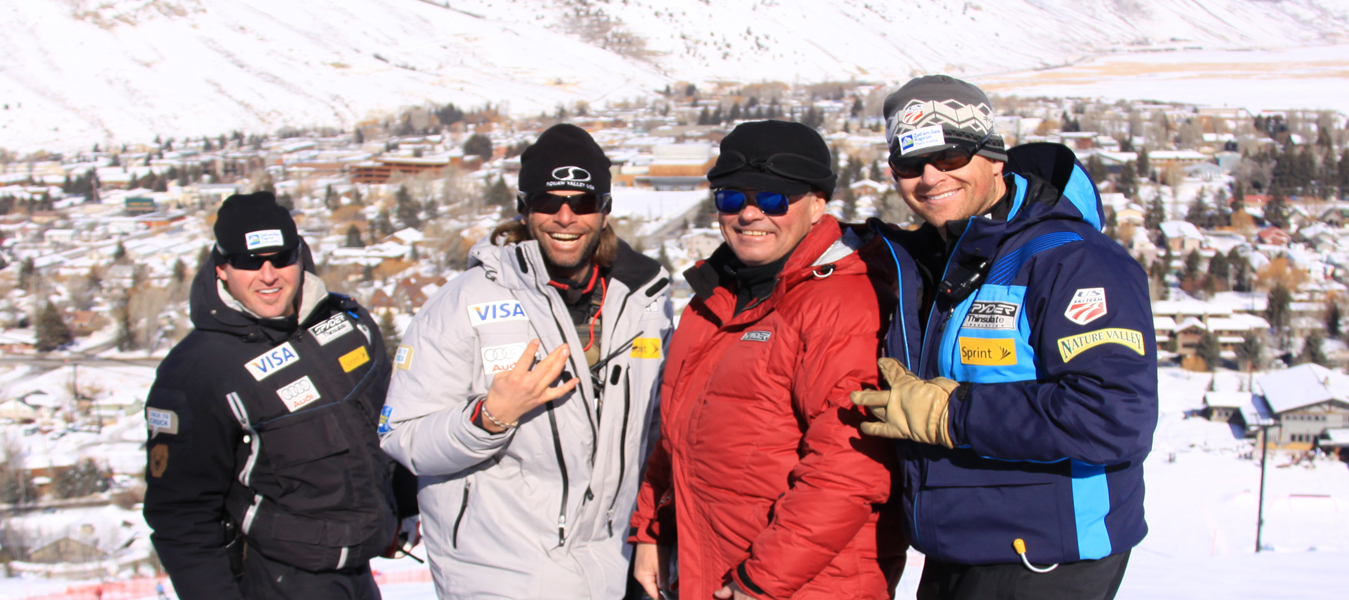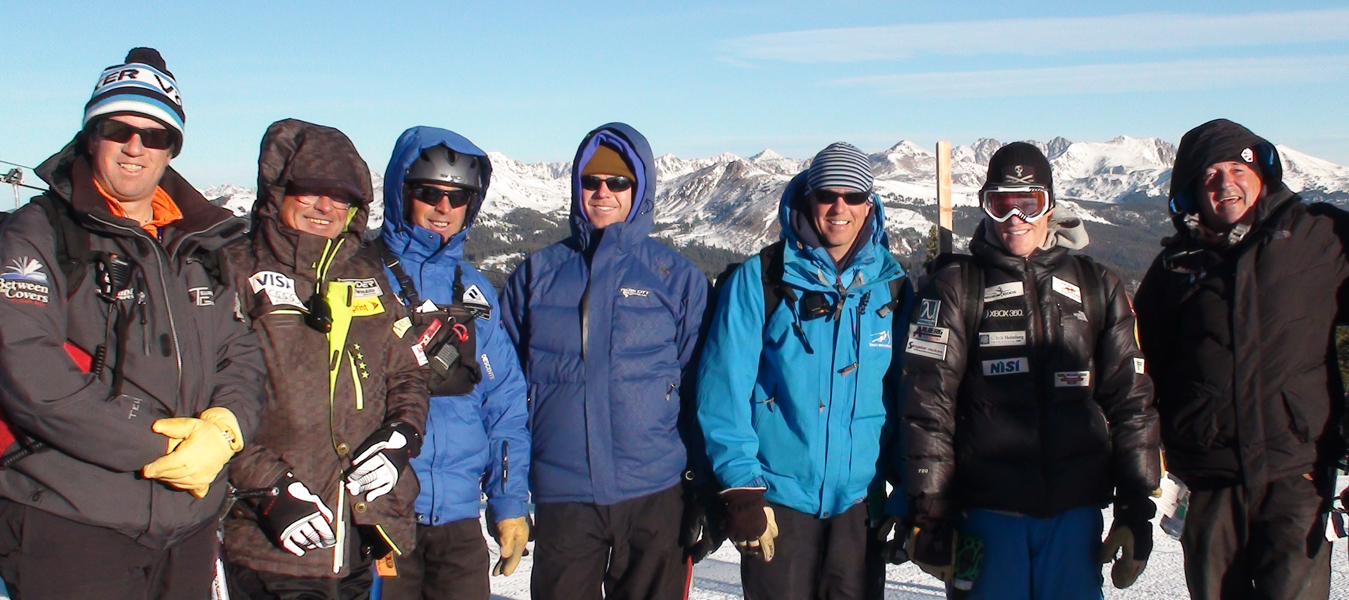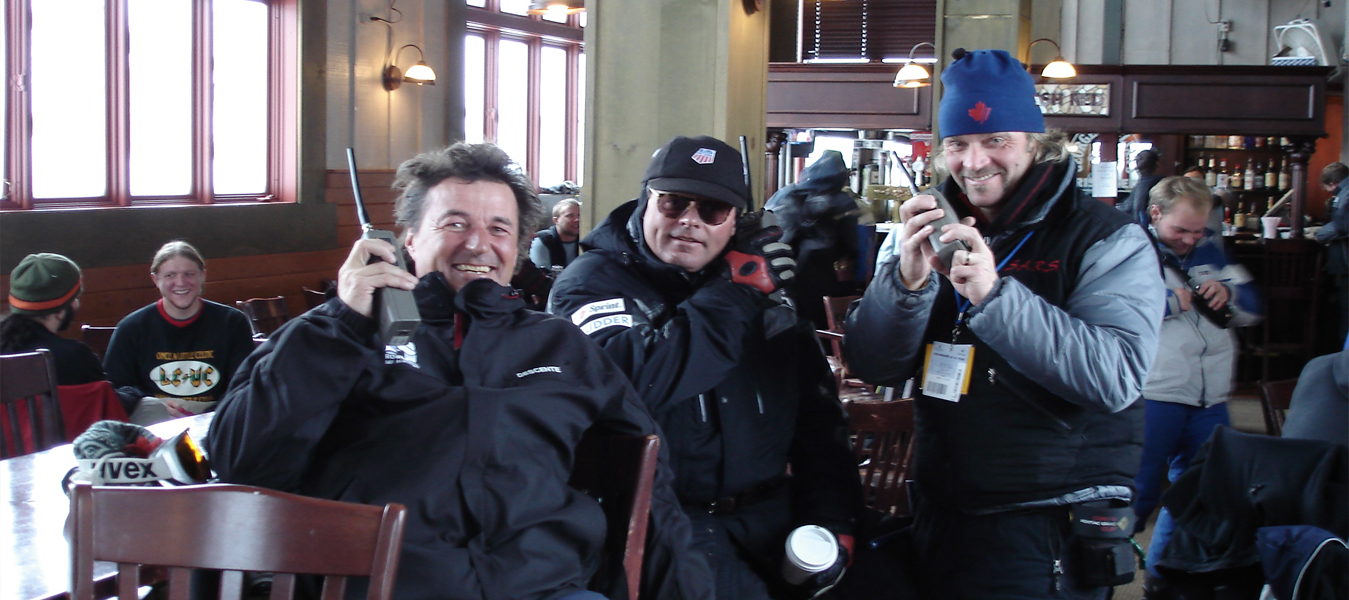Thinking about Practice Design
Reviewing the second blog: Concepts concerning how to make practice more productive should be linked in the thinking of coaches charged with innovative training design. Practice design itself has been in play since the first coach; it’s what you do to prepare your athlete/team for the performance. Some sports clubs have gotten complacent, perhaps a little stale in evolving effective practice. Thinking and planning about how to accelerate skill acquisition separates coaches on a continuum, from no innovation, to continuous evolution. One of the greatest compliments I can pay a coach is to say that he or she is a student of the game, curious and innovative.
The first consideration is rethinking the role risk and failure have in training and learning. While these might be considered as separate conditions, when applying the features of deep practice, the two tend to blend at least in intention. Deep practice requires one to get out of the personal comfort zone and stretch into a learning zone that is a little beyond current skills. Risks are necessary and a feature of risk is sometimes failure. When mistakes are inevitably made the learner must immediately correct the error so that myelin will wrap the neural pathway of a correct execution of the skill. Paradoxically, we have to reach beyond comfort and competence, going beyond our current abilities into a learning zone where skills levels advance. Learning isn’t easy, it is not passive. Getting better is a struggle.
So, consider how this might play out in a sport like alpine skiing. Training in the alpine disciplines of slalom and giant slalom are time intensive, physically demanding, and facility dependent. Much of the training session is taken up by preparation for training, riding lifts between runs, large numbers of repetitions between feedback sessions, and difficulty delivering effective feedback.
I focus here on the technical events as training for the speed disciplines of Super G and downhill have become such an exception as to warrant a completely separate discussion. The execution of Super G involves inspection and one run – get it right the first time. Virtually no one trains the complete event – what we train, when possible, are elements such as long radius turns, gliding, and terrain. Downhill as an event is almost exclusively trained in elements and in the ever shrinking number of training runs at competitions. (An exception is the training such as La Parva by regional level programs like the Western Region of USSA and speed training for national teams in South America and Copper Mountain, CO. These are accessible for elite athletes, no club level access). All of this discussion is applicable to speed training as well but that is becoming such an exception as to reserve itself for another blog entirely.
Skiing is an environmentally intense sport where optimal training conditions are challenging to attain and maintain. The season where snow is present locally is short and getting to be less reliable as global weather conditions fluctuate. No snow, too much snow, rain and warm temperatures all brutally intrude on plans and progressions.
Cutting to the chase here is a deep practice application for slalom or GS.
Impact on Practice Design of Deep Practice (see blog 2)
1. Challenge = Repetitions between feedback; knowledge of result; correction of errors for correct executions.
Solution: Set short courses to isolate skill execution, feedback, and learning.
- Quick repetitions
- Units of analysis
- Minimum of 2 (complete turns and links)
- Optimal of 4-6
- Momentum phase, start platform, 2 turns (gates)
- Analysis phase 2-4 turns
- Finish, review platform
- Feedback mechanisms
- Timing
- Video + Display (tablet)
- Expert analysis
- Learning and automaticity of execution
- Referent of correctness, competence; understanding what to do and why
- Knowledge of performance; what the racer did
- Knowledge of result; fast-slow, efficient – inefficient; dynamic balance maintained – or not
- Correction of execution; What to do next
- Repetition of correct execution; again & again
- Series of learning environments to maximize use of training venue
- 4- 6 courses, one after another
- Execution followed by immediate feedback
- Correct errors immediately
-
- Feedback mechanisms
- Timing = knowledge of results. “What makes me faster?”
- Video = What is efficient, where is balance, large body parts flow and movement by phases and stages of sequence
- Expert advice, verbal, visual, tactile
2. Challenge = Link learning module to event simulation
Solution = Lengthen number of repetition as form holds
- Double and triple repetitions, longer courses
- Units of analysis
- Minimum of 8 (complete turns and links)
- Optimal of 12-14
- Momentum phase, start platform, 2 turns (gates)
- Analysis phase 4-14turns
- Finish, review platform
- Feedback mechanisms
-
Timing & video, Speed vs. consistently correct execution
- Immediately following the execution of the turns
- Expert analysis
-
Timing & video, Speed vs. consistently correct execution
- Learning and automaticity of execution
- Re-center balance in link phase between each turn
- Referent of correctness, competence; understanding what to do and why
- Knowledge of performance; what the racer did (for self-discovery and kinesthetic awareness)
- Knowledge of result; fast-slow, efficient – inefficient; dynamic balance maintained – or not
- Correction of execution; What to do next
- Repetition of correct execution; again & again
- Series of learning environment to maximize use of training venue
- 2-4 courses, one after another
- Execution followed by immediate feedback
- Correct errors immediately
- Feedback
- Consistency vs breakdowns
- Expert advice, verbal, visual, tactile
- Increase emphasis on speed of execution
3. Additional & specialized demands
- Slalom = Combinations and combinations of combinations
- Delay gates, many configurations
- Terrain
- Pitch
- Surface
4. Full Event simulation
- All conditions repeated
- How long does it take to get here
- Periodized cycle by stage – it repeats

